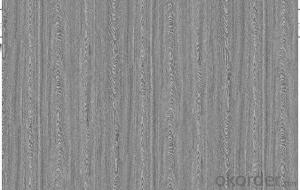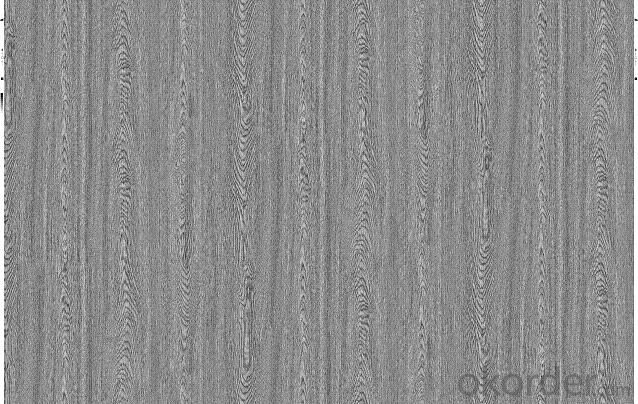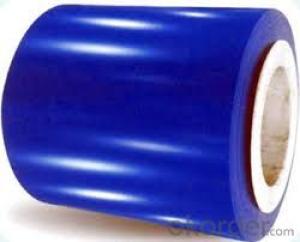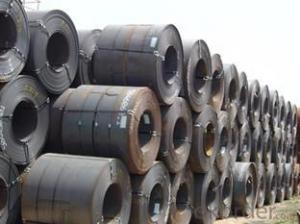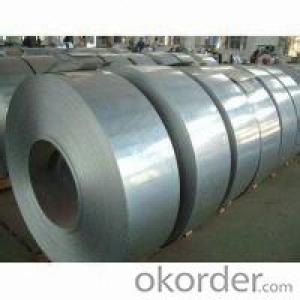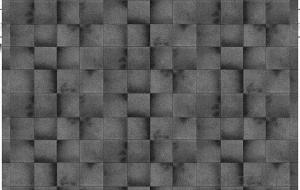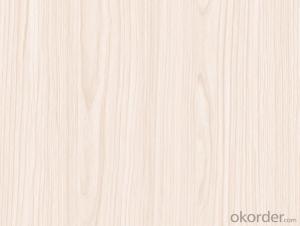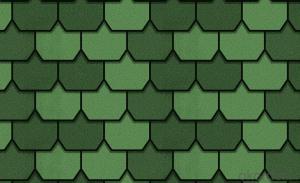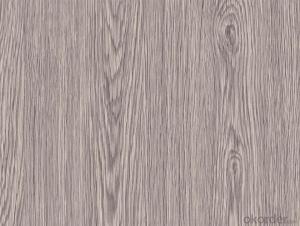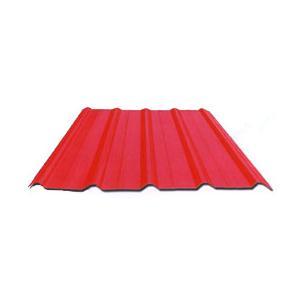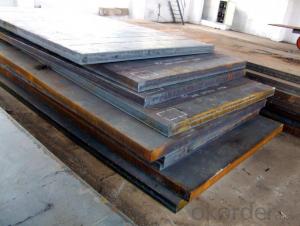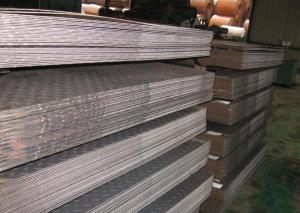color bond surface coating steel plate--XY016
- Loading Port:
- China Main Port
- Payment Terms:
- TT OR LC
- Min Order Qty:
- -
- Supply Capability:
- -
OKorder Service Pledge
OKorder Financial Service
You Might Also Like
1. Color bond surface coating steel plate :
More than ten years experiences, the products are sold to the domestic city and some international cities we strivc to develop production of color coating steel plate the plating (aluminum )zinc steel. Coil cheickness between 0.6mm and 1.5mm and the width from 600mm to 1250mm and a variety of high durability of color coating steel plate.
2.The company has multiple layer patterns for customers to choose The company provides products deep processing services ,meet the various needs of customers on board specifications All of out products comply with international quality standards and are greatly appreciated in a variety of different markets throughout the world if you ate interested in any of our products or would like to discuss a custom order please feel free to contact us we are looking forward to forming successful business relationships with new clients around the world in the near future.
3.We can design the color and thickness according to customers' requirements. The delivery time is only 30 day after you confirm the order.
- Q: How are steel sheets tested for hardness?
- Steel sheets are tested for hardness using various methods, one of the most common being the Rockwell hardness test. In this test, a small indenter, usually a diamond or a hardened steel ball, is pressed into the surface of the steel sheet with a known force. The depth of penetration is measured and converted into a hardness value using a standardized scale. Another method used is the Brinell hardness test, where a hardened steel ball is pressed into the surface of the steel sheet under a specific load. The diameter of the indentation is measured and used to calculate the hardness value. Additionally, there is the Vickers hardness test, which utilizes a pyramid-shaped diamond indenter. The test is similar to the Rockwell test, but instead of measuring the depth of penetration, the test measures the diagonal length of the indentation to determine the hardness value. These hardness tests provide valuable information about the mechanical properties of steel sheets, such as their resistance to deformation and wear. The results of these tests help ensure that the steel sheets meet the required specifications and can be used in various applications where hardness is a critical factor.
- Q: Are steel sheets resistant to scratching or abrasion?
- Yes, steel sheets are highly resistant to scratching and abrasion due to their strong and durable nature. They are designed to withstand external forces and are less likely to get scratched or damaged compared to other materials.
- Q: What is the difference between a satin and mirror finish steel sheet?
- The appearance and level of reflectivity distinguish a satin finish steel sheet from a mirror finish steel sheet. A satin finish steel sheet displays a sleek, non-glossy appearance with a minimal level of reflectivity. Achieved through the use of abrasive materials, it creates a brushed or textured surface. This finish is often favored for its contemporary and subtle aesthetic. Satin finish steel sheets find common usage in architectural and interior design applications, such as kitchen appliances, countertops, and wall panels. On the contrary, a mirror finish steel sheet exhibits an immensely reflective surface that closely resembles a mirror. Achieved by polishing the steel sheet to a high gloss using fine abrasives and buffing compounds, this finish boasts an intense shine and exceptional clarity. It reflects light remarkably, resulting in a glamorous and opulent appearance. Mirror finish steel sheets are commonly employed in decorative applications, including automotive trim, jewelry, and ornamental architectural elements. To summarize, the primary distinction between a satin and mirror finish steel sheet resides in their appearance and level of reflectivity. Satin finish offers a smooth, matte appearance with minimal reflectivity, while mirror finish provides an incredibly reflective, mirror-like surface.
- Q: What is the difference between zinc-coated and zinc-aluminum coated steel sheets?
- Zinc-coated and zinc-aluminum coated steel sheets are two types of steel that have undergone zinc treatment for protection. However, there are differences between the two processes that result in varying characteristics and performance. Galvanized steel sheets, also known as zinc-coated steel sheets, are made by immersing the steel sheets in molten zinc. This creates a layer of pure zinc on the steel's surface, forming a barrier against corrosion. The zinc layer is typically evenly applied across the entire sheet. On the other hand, galvalume or Aluzinc steel sheets, which are zinc-aluminum coated, are created by coating the steel sheets with a mixture of zinc and aluminum. This coating is applied using a hot-dip process, similar to the one used for zinc-coated steel sheets. The aluminum in the coating enhances corrosion resistance compared to pure zinc coatings. The main difference between zinc-coated and zinc-aluminum coated steel sheets lies in their performance and durability. Zinc-coated sheets effectively protect against corrosion in most atmospheric environments. However, in more aggressive or severe environments, such as high humidity or exposure to saltwater, zinc-coated steel may not provide sufficient protection and can corrode over time. In contrast, zinc-aluminum coated steel sheets offer superior corrosion resistance due to the presence of aluminum in the coating. The aluminum acts as a sacrificial anode, corroding preferentially to the steel and safeguarding it from corrosion. This makes zinc-aluminum coated sheets more suitable for environments with significant corrosion concerns, such as coastal areas or industrial settings. In conclusion, while both zinc-coated and zinc-aluminum coated steel sheets provide a protective zinc layer, zinc-aluminum coated sheets offer improved corrosion resistance due to the inclusion of aluminum. Therefore, zinc-aluminum coated steel sheets are generally preferred in aggressive or corrosive environments, while zinc-coated steel sheets are suitable for most atmospheric conditions.
- Q: Can steel sheets be used for construction equipment?
- Yes, steel sheets can be used for construction equipment. Steel is a versatile and durable material that is commonly used in the construction industry for various applications, including equipment fabrication. Steel sheets can be shaped, welded, and formed into different components and structures needed for construction equipment, such as bulldozers, cranes, excavators, and dump trucks. Steel's high strength-to-weight ratio makes it suitable for heavy-duty equipment, providing the necessary strength and stability while keeping the weight manageable. Additionally, steel is resistant to corrosion, which is crucial for construction equipment exposed to harsh environmental conditions. Overall, steel sheets are a popular choice for construction equipment due to their strength, durability, and versatility.
- Q: Can steel sheets be used in the aerospace industry?
- Yes, steel sheets can be used in the aerospace industry. However, their use is limited due to their weight and lower strength-to-weight ratio compared to other materials like aluminum and titanium. Steel sheets may be employed in certain components, such as structural supports or non-critical areas, where weight is less of a concern.
- Q: What is a cold rolled sheet with plastic sprayed?
- After the cold rolled steel sheet is finished, the surface treatment needs to be carried out, including:1: electroplating: zinc plated, nickel plated, copper plated, gold plated, chrome plated,2: immersion plating: black, hot galvanizing3: spray: spray paint, spray, baking paint,4: polishing, point solution polishing, shot peening, shot blasting
- Q: Are the steel sheets resistant to atmospheric corrosion?
- Yes, steel sheets are typically resistant to atmospheric corrosion due to their protective oxide layer which acts as a barrier against rust and other forms of corrosion caused by exposure to air and moisture.
- Q: Can steel sheets be used for automotive manufacturing?
- Yes, steel sheets can be used for automotive manufacturing. Steel sheets are commonly used in the automotive industry for various applications, including body panels, chassis components, and structural parts. Steel offers excellent strength, durability, and formability, making it a preferred material for automotive manufacturers. Additionally, steel sheets can be easily shaped and welded, allowing for efficient fabrication processes in automotive manufacturing.
- Q: What are the limitations of using steel sheets?
- The use of steel sheets in various applications comes with several limitations. To begin with, steel sheets are considerably heavy compared to other materials, which can present challenges in terms of transportation and installation. This weight can also hinder their usage in industries like aerospace or automotive, where weight reduction is crucial. Secondly, steel sheets are prone to corrosion, particularly when exposed to moisture and chemicals. Without proper protection, this can lead to rusting and a decrease in structural integrity over time. Therefore, additional coatings or treatments are often necessary to prevent corrosion, which adds to the overall cost and maintenance requirements of using steel sheets. Another limitation is the limited flexibility of steel sheets, making it difficult to mold or shape them into complex forms. This restricts their application in areas where intricate designs or curved surfaces are needed, such as the construction of curved roofs or architectural structures. Furthermore, steel sheets have poor thermal insulation properties, meaning they conduct heat and cold more readily than other materials. This can result in temperature fluctuations and energy loss in buildings, necessitating additional insulation measures to maintain thermal comfort and energy efficiency. Lastly, steel sheets are a finite resource, and their production has a significant environmental impact. The extraction of raw materials, energy consumption, and carbon emissions associated with steel production make it less sustainable compared to alternative materials. In conclusion, while steel sheets are widely valued for their strength and durability, it is important to consider their limitations, including their weight, susceptibility to corrosion, limited flexibility, poor thermal insulation properties, and environmental impact, when selecting materials for specific applications.
Send your message to us
color bond surface coating steel plate--XY016
- Loading Port:
- China Main Port
- Payment Terms:
- TT OR LC
- Min Order Qty:
- -
- Supply Capability:
- -
OKorder Service Pledge
OKorder Financial Service
Similar products
Hot products
Hot Searches
Related keywords
